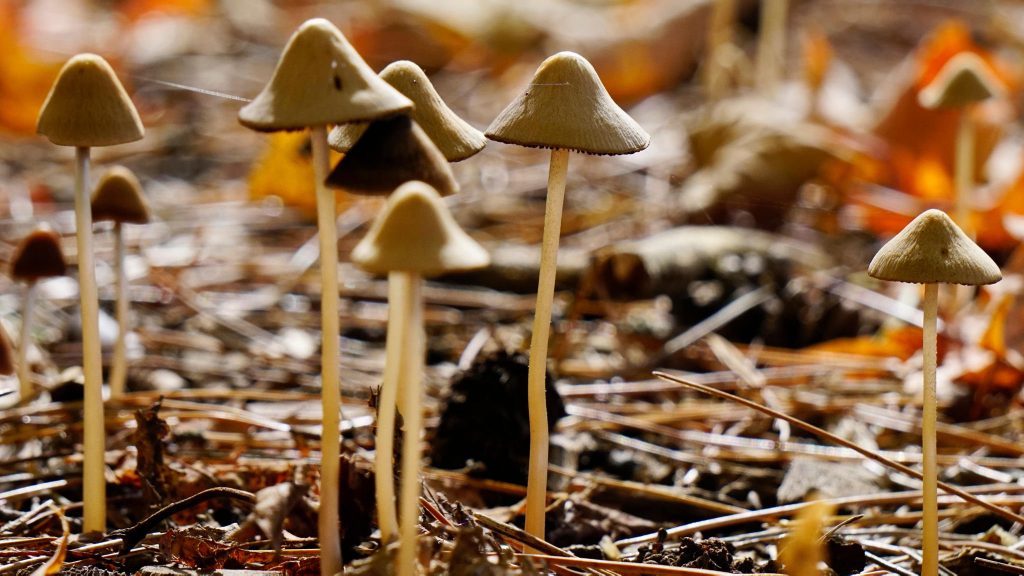Pharmacology of Hallucinations: Several Mechanisms for One Single Symptom?
Abstract
Hallucinations are complex misperceptions, that principally occur in schizophrenia or after intoxication induced by three main classes of drugs: psychostimulants, psychedelics, and dissociative anesthetics. There are at least three different pharmacological ways to induce hallucinations: (1) activation of dopamine D2 receptors (D2Rs) with psychostimulants, (2) activation of serotonin 5HT2A receptors (HT2ARs) with psychedelics, and (3) blockage of glutamate NMDA receptors (NMDARs) with dissociative anesthetics. In schizophrenia, the relative importance of NMDAR and D2R in the occurrence of hallucinations is still debated. Slight clinical differences are observed for each etiology. Thus, we investigated whether the concept of hallucination is homogenous, both clinically and neurobiologically. A narrative review of the literature is proposed to synthesize how the main contributors in the field have approached and tried to solve these outstanding questions. While some authors prefer one explanatory mechanism, others have proposed more integrated theories based on the different pharmacological psychosis models. In this review, such theories are discussed and faced with the clinical data. In addition, the nosological aspects of hallucinations and psychosis are addressed. We suggest that if there may be common neurobiological pathways between the different pharmacological systems that are responsible for the hallucinations, there may also be unique properties of each system, which explains the clinical differences observed.
Rolland, B., Jardri, R., Amad, A., Thomas, P., Cottencin, O., & Bordet, R. (2014). Pharmacology of Hallucinations: Several Mechanisms for One Single Symptom? Biomed Research International. http://dx.doi.org/10.1155/2014/307106
Link to full text

 mg/kg). The higher dose of psilocin blocked the learning processes even in an additional session when the rats received only saline. Next, we examined the effect of psilocin on reinforced retrieval and consolidation in the Morris water maze (MWM). The dose of 4
mg/kg). The higher dose of psilocin blocked the learning processes even in an additional session when the rats received only saline. Next, we examined the effect of psilocin on reinforced retrieval and consolidation in the Morris water maze (MWM). The dose of 4